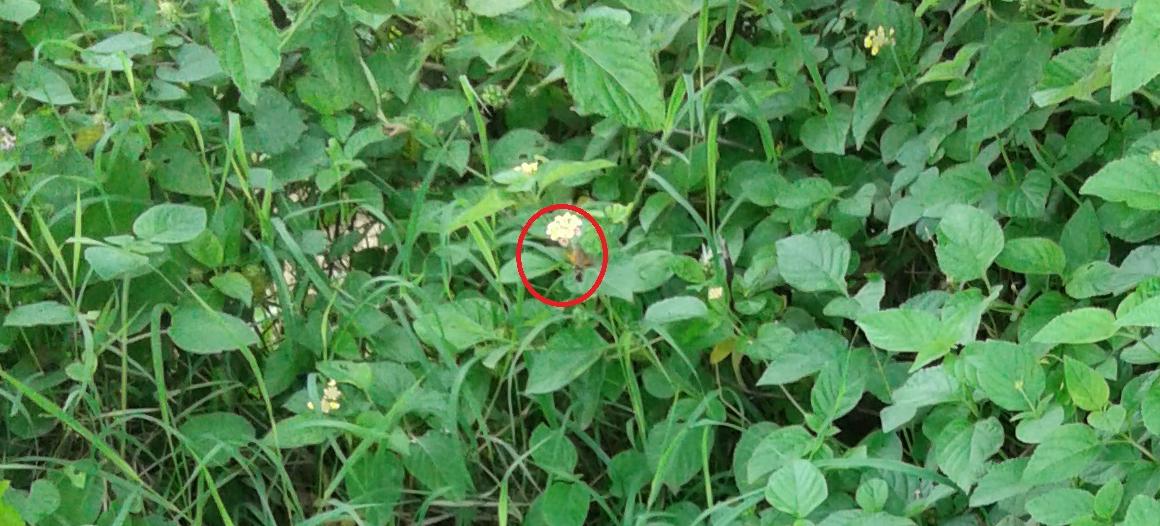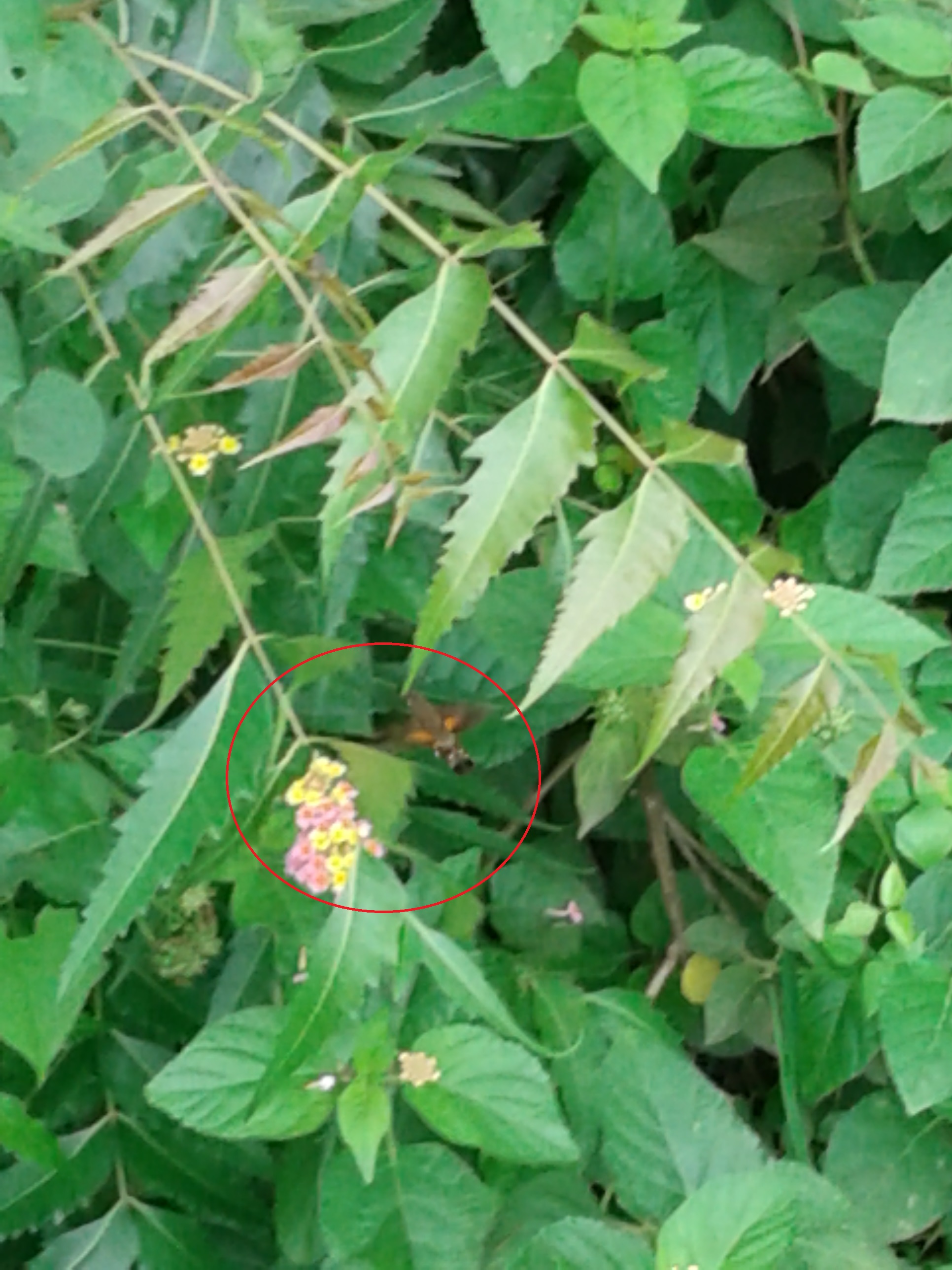
 This picture is take from my village in Gujarat, India. I think it is a small bird which I have never seen before. It is smaller than an Indian hummingbird and even smaller than a neem tree leaf. You can see the leaf and the flowers. That flower's diameter is maybe a half inch so you can see how small the bird is. This bird has a very little trunk like a butterfly. You can't see this in the picture, but I saw it. This bird sucks liquid from flowers by that trunk.
This picture is take from my village in Gujarat, India. I think it is a small bird which I have never seen before. It is smaller than an Indian hummingbird and even smaller than a neem tree leaf. You can see the leaf and the flowers. That flower's diameter is maybe a half inch so you can see how small the bird is. This bird has a very little trunk like a butterfly. You can't see this in the picture, but I saw it. This bird sucks liquid from flowers by that trunk.
$\begingroup$
$\endgroup$
6
-
2$\begingroup$ There are no true hummingbirds (birds of the family Trochilidae) native to India (or in the old world at all). So the reference to an "Indian Hummingbird" in this post is likely to some introduced species or a small bird resembling birds from the family Trochilidae. $\endgroup$– user25522Commented Aug 4, 2016 at 22:16
-
2$\begingroup$ I have shortened your title. A good title expresses the essence of the question for readers who may be interested or able to answer, and to make later indexing easier and more relevant. Try to do this yourself in future. $\endgroup$– DavidCommented Aug 5, 2016 at 20:01
-
$\begingroup$ Related-one from same country: biology.stackexchange.com/questions/50592/… $\endgroup$– user25568Commented Aug 28, 2016 at 8:05
-
$\begingroup$ Similar-one (and marked as duplicate with this one): biology.stackexchange.com/questions/50804/… $\endgroup$– user25568Commented Aug 28, 2016 at 8:29
-
$\begingroup$ I've also seen some "exactly hummingbird like" creatures in Kurseong, Eastern Himalayas, in flying condition. Now I think that could be a moth of this sort. I've also some photos and a video, though they are hazy just like these ones. $\endgroup$– user25568Commented Aug 28, 2016 at 8:38
|
Show 1 more comment
1 Answer
$\begingroup$
$\endgroup$
12
Great picture and great find. But unfortunately I don't think that is a new species of bird...or even a bird at all!
It looks like a hummingbird hawk-moth, Macroglossum stellatarum.
Here you can really see the 'little trunk' (as you described it) known as a proboscis, which it uses to feed on flowers.
Fun fact: It's believed not to be a mimic of the hummingbird, but rather an example of convergent evolution.
-
12$\begingroup$ @DhirendrasinhSisodiya If this answer addressed your problem, please consider accepting it by clicking on the check mark/tick to the left of the answer, turning it green. This marks the question as resolved to your satisfaction, and awards reputation both to you and the person who answered. If you have >= 15 reputation points, you may also upvote the answer if you wish. There is no obligation to do either. $\endgroup$– MattDMoCommented Aug 4, 2016 at 20:57
-
23$\begingroup$ @DhirendrasinhSisodiya And don't give up on finding new species. They're all over the place. $\endgroup$ Commented Aug 4, 2016 at 21:16
-
2$\begingroup$ +1 These are cool little moths. I first saw one in Japan and was completely baffled. $\endgroup$– GeobitsCommented Aug 5, 2016 at 6:49
-
8
-
3$\begingroup$ Omg, fascinating creature! I had no idea such fat moths existed :) Wow, what a good picture too.. The eyes make it look like a Pokemon. $\endgroup$– HC_Commented Aug 5, 2016 at 17:55

